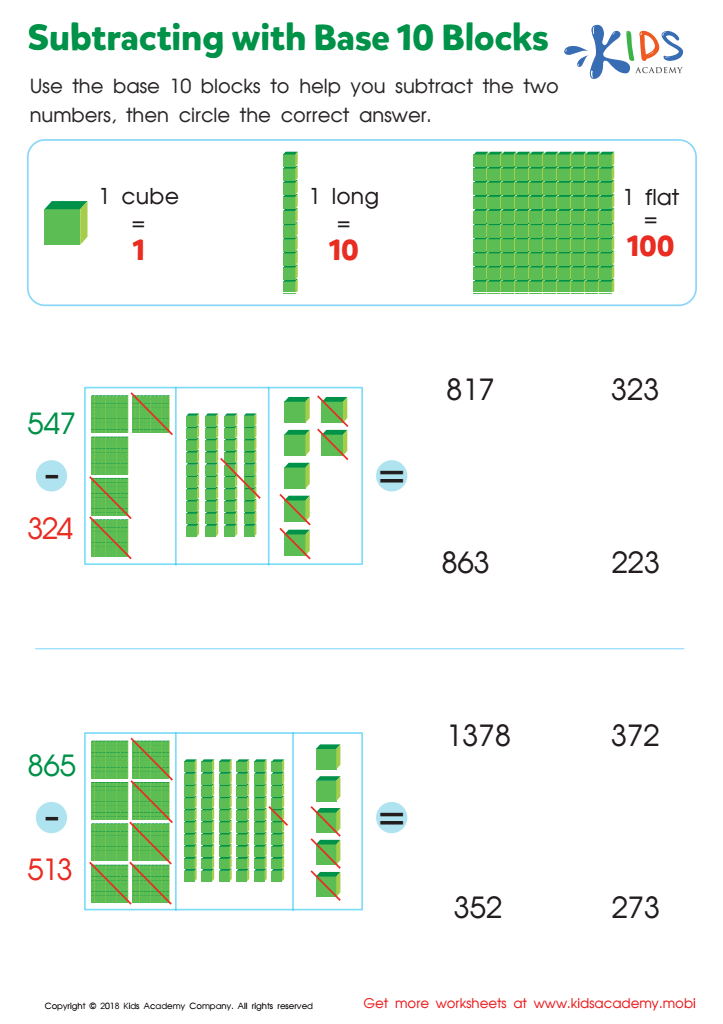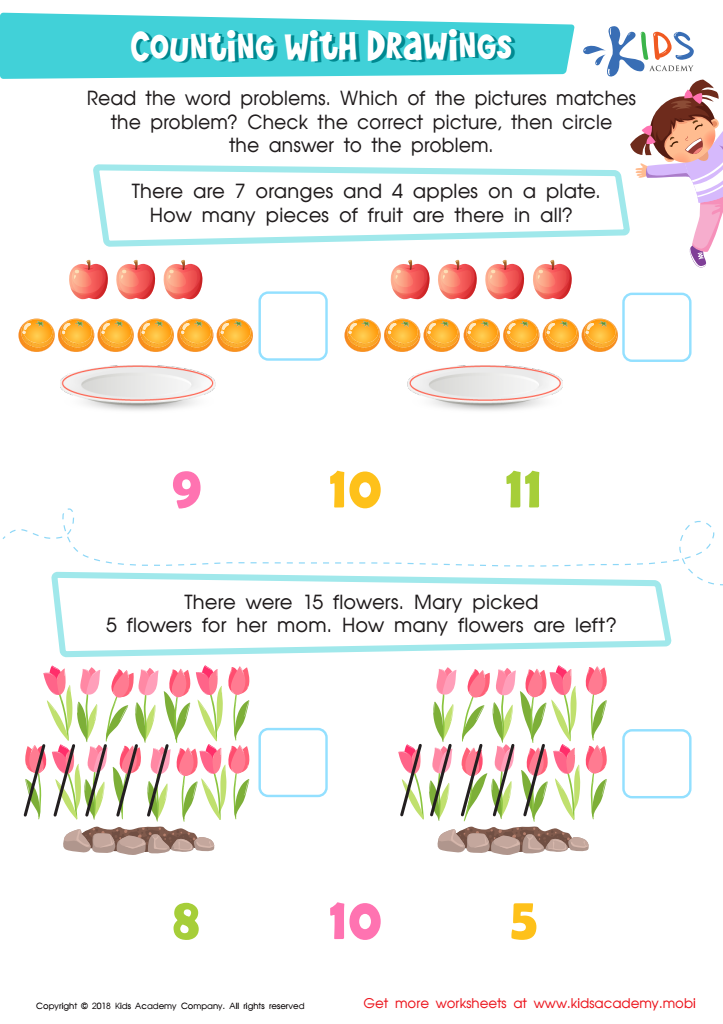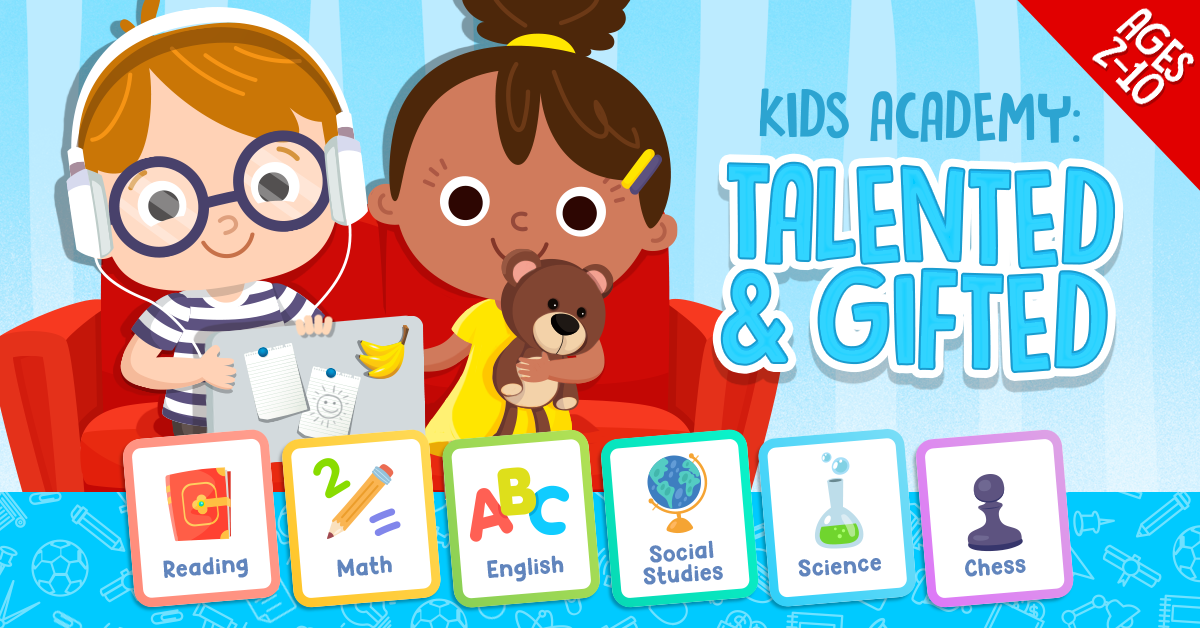Visual learning reinforcement Normal Math Worksheets for Ages 7-8
3 filtered results
-
From - To
Enhance your 7-8-year-old’s math proficiency with our Visual Learning Reinforcement Normal Math Worksheets! Specially designed to align with early learning needs, these worksheets transform math challenges into engaging visual activities. From basic arithmetic to understanding patterns and sequences, each worksheet incorporates colorful, relatable visuals to reinforce key concepts. Our user-friendly printables cater to diverse learning styles, ensuring that every child remains motivated and confident in their skills. Perfect for both classroom settings and at-home practice, these worksheets are an excellent tool to bolster foundational math abilities and encourage a lifelong love for learning. Explore endless math fun today!


Adding Numbers: Conservation Worksheet


Subtracting with Base 10 Blocks Worksheet


Counting with Drawings: Fruits & Chocolates Worksheet
Visual learning reinforcement in normal math for ages 7-8 is crucial as it taps into the developmental stage where children are highly receptive to visual stimuli. At this age, kids are concrete thinkers and learn best through tangible and visual means. By incorporating visual aids like illustrated story problems, number lines, charts, and colorful shapes, abstract math concepts become more relatable and understandable.
For example, visual learning helps demystify addition and subtraction as students can physically see the process of combining or taking away objects. It supports multiple learning styles and makes it easier for children to remember concepts through visually engaging material. This scaffolding strategy not only enhances comprehension but also retention by associating math with visual images, thus instilling a solid foundational understanding.
Moreover, visual reinforcement encourages interactive and collaborative learning. It prompts discussions and explorative learning which keeps lessons dynamic and engaging. Attention spans can be short at this age, so diverse visuals can maintain interest and motivation.
In conclusion, parents and teachers should embrace visual learning reinforcement for young mathematicians as it aligns with natural learning tendencies, fosters deeper understanding, supports memory retention, and builds a positive attitude towards math—paving the way for future academic success.
 Assign to My Students
Assign to My Students




















